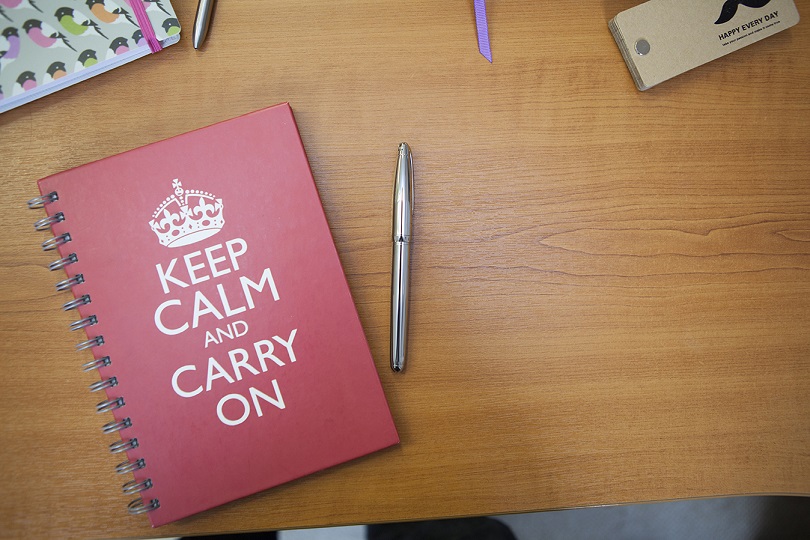Writer’s block. Can’t get started. Don’t know what to put. Don’t know how to put it!
Can’t writing be daunting?
And yet, once you get going, crash through the barriers of self-doubt and just let the words and your fingers flow, it’s amazing what you can create.
Creating a press release combines two of people’s biggest PR fears – writing and journalists. I started my career as a reporter on a weekly and a daily paper and from the tender age of 18 had to churn out up to 10 stories a day to keep the news editor quiet.
And sometimes, it’s the pressure that makes average copy into great copy. Here’s my top tips on writing a press release for your business.
1. KNOW your subject. If you were making a presentation, you wouldn’t stand up to speak without thoroughly knowing what you’re talking about. Research your topic so you’re providing informative and interesting information
2. TELL people something new. Old news simply isn’t news. What’s your angle – what do you want to tell people? Is it of genuine interest to the public? Journalists can get hundreds of press releases a day, give them a reason to use yours
3. READ the media that you want to see your story appear in. What’s their style? How long are the stories, how long are the first paragraphs, what sort of information is making the headlines? Then emulate what you see
4. SPEAK to people to get meaningful quotes that add value to your story and break up the narrative. Quotes are a great way of weaving in your key business messages but make sure they add interest and information
5. START. Just make a start. Get cracking. Don’t procrastinate. Even if you have to write and rewrite, it’s easier to edit if you’ve got something to work with
6. SET yourself a deadline. Some of the best stories are written under pressure. If you think you’ve got hours, it’ll take hours. Aim for one hour and then reward with a cuppa, review and redo if needed
7. LESS is more. Writing for the press isn’t like any other writing. Keep it concise – don’t overwrite and aim for 350 words maximum for a news piece
8. PROOF read. Read your story out loud to yourself and if you can, print it to proof it. It’s amazing how what you see on the screen can change when it’s held in your hand
9. CREATE a ‘Notes to Editors’ section at the end of your story for company background such as years in business, key markets and any milestones. This avoids loading your copy with too much commercial information but still gets business messages seen
10. INCLUDE your contact details so if the journalist wants to find out more they can come straight to you



